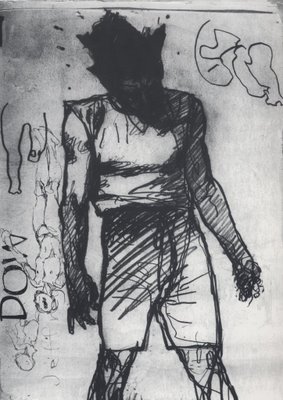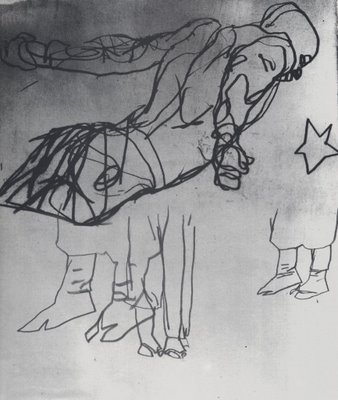There's no better place to look for news than in the changing depictions of the human form. Artists have been drawing the human body for over 20,000 years and while the body has remained the same, the drawings keep changing.
Every pose, angle, and facial expression has been drawn a thousand times by talented artists. Look at these figure drawings by the great Annibale Carracci in the 16th century:



Who would have the nerve to continue drawing the figure after Carracci if there was no new information to convey? What could another drawing possibly contribute?
The fact is, while the human form remains unchanged, each era presents fresh questions for the artist. And even when the question remains the same, the answers continue to change. Look at all the news in this wonderful drawing by Aubrey Beardsley.

Or contrast Carracci's drawings with these recent images by the talented Phil Hale:



The muscles, bones, arms and legs are the same-- and yet what a difference!

If our bodies were merely machines, they would not be a source of infinite fascination for artists. As it is, artists keep returning to the human form for fresh news about our humanity.





















